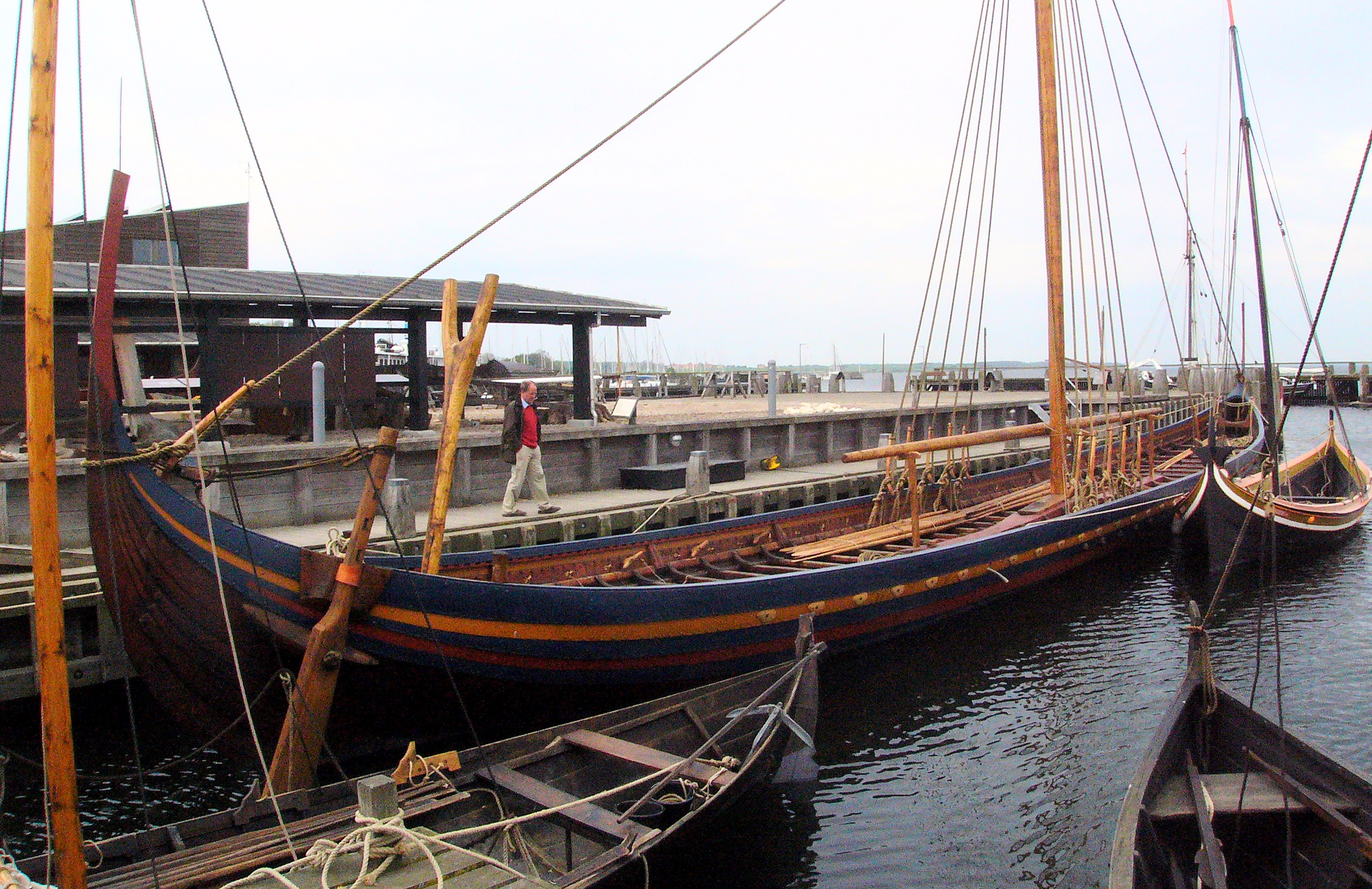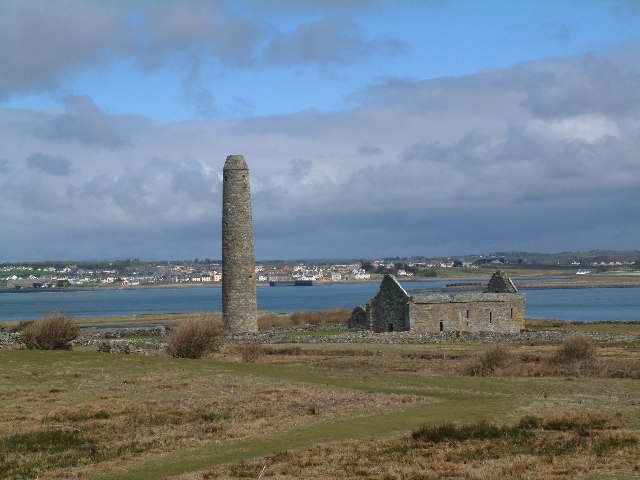|
ĂŤmar Of Limerick
Ivar of Limerick (; ; died 977), was the last Norse king of the city-state of Limerick, and penultimate ''King of the Foreigners of Munster'', reigning during the rise to power of the Dál gCais and the fall of the Eóganachta. His repeated attempts to assert his authority in Limerick and the surrounding region and possibly over even the greater province of Munster itself earned him the most prominent role as antagonist in the first part of the early 12th century saga and political tract ''Cogad Gáedel re Gallaib'', as an enemy of Mathgamain mac Cennétig, claimant to the title King of Munster, and his more famous younger brother and successor Brian Bóruma. According to the author of the ''Cogad Gáedel re Gallaib'', Ivar succeeded in establishing himself as King of Munster for a period in the 960s,Todd, ''Cogadh'', pp. 48–9 until routed in the Battle of Sulcoit in 968, but this claim has long been doubted by scholars. He then appears to have returned only a year or two lat ... [...More Info...] [...Related Items...] OR: [Wikipedia] [Google] [Baidu] |
Inis Cathaig
Inis Cathaigh, Scattery Island or Inniscattery Island () is an island in the Shannon Estuary, Ireland, off the coast of Kilrush, County Clare. The island is home to a lighthouse, a ruined monastery associated with Saints Senan and Canir, an Irish round tower and the remains of an artillery battery. The last residents left in 1969. Most of the island is now owned by the Office of Public Works, who run a small visitor centre and carry out repairs and maintenance on the island; it was bought by DĂşchas in 1991.The Irish name Inis Cathaigh was formerly anglicised ''Iniscathy'', which later became ''Iniscattery'' and finally ''Scattery''. History Saint Senan Saint Senan was born at Magh Lacha, Kilrush, County Clare, ca. 488. He founded the monastery of Inis Cathaigh, which became the seat of a bishopric, sometime between 535 and 540. At an early time the abbot-bishop of the monastery was deemed to have authority over what later became the dioceses of Killaloe, Limerick and Ard ... [...More Info...] [...Related Items...] OR: [Wikipedia] [Google] [Baidu] |
Lacuna (manuscripts)
A lacuna ( lacunae or lacunas) is a gap in a manuscript, inscription, text, painting, or musical work. A manuscript, text, or section suffering from gaps is said to be "lacunose" or "lacunulose". Weathering, decay, and other damage to old manuscripts or inscriptions are often responsible for lacunae - words, sentences, or whole passages that are missing or illegible. Palimpsests are particularly vulnerable. To reconstruct the original text, the context must be considered. In papyrology and textual criticism, this may lead to competing reconstructions and interpretations. Published texts that contain lacunae often mark the section where text is missing with a bracketed ellipsis. For example, "This sentence contains 20 words, and [...] nouns," or, "Finally, the army arrived at [...] and made camp." Notable examples See also * Unfinished work * Leiden Conventions * Redaction * Lost literary work Notes References {{reflist Manuscripts Book terminology Lost literatur ... [...More Info...] [...Related Items...] OR: [Wikipedia] [Google] [Baidu] |
Sitric Mac ĂŤmair
{{disambiguation, given name ...
Sitric may refer to: * Sigtrygg, an Old Norse given name, or Sitric in Norse-Gaelic Ireland (9th to 11th centuries) * Sitric Cáech (died 927), a Viking leader and ruler * Sitric II of Northumbria (fl. c. 942), a Viking leader See also * Sitrick and Company *Citric acid Citric acid is an organic compound with the formula . It is a Transparency and translucency, colorless Weak acid, weak organic acid. It occurs naturally in Citrus, citrus fruits. In biochemistry, it is an intermediate in the citric acid cycle, ... [...More Info...] [...Related Items...] OR: [Wikipedia] [Google] [Baidu] |

